Category: Lead Testing
-
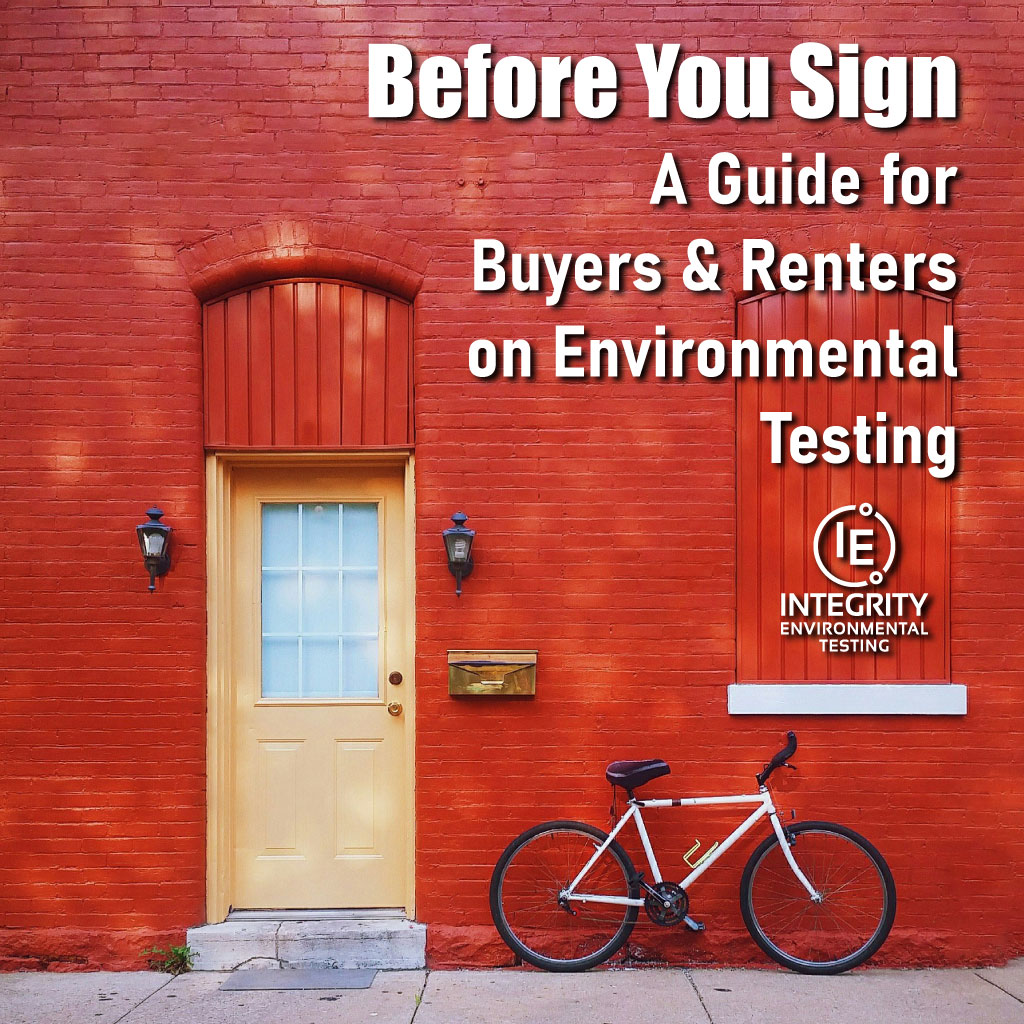
Environmental Testing Before You Sign… a Guide for Buyers and Renters
When it comes to buying or renting a property, appearances can be deceiving. A house that looks picture-perfect might hide environmental hazards that could affect the health, safety, and bottom line of all involved. Before signing any real estate contract, conducting environmental testing is essential to ensure the property is safe and worth an investment.…
-

10 Common Reasons You Could be Non-compliant with Lead Disclosure Laws
Lead disclosure laws are designed to protect people from the harmful effects of lead-based paint, especially in homes and buildings built before 1978. Despite their importance, many property owners, real estate professionals, contractors, and landlords find themselves unwittingly out of compliance with these regulations. Failing to follow these laws can lead to hefty fines and…
-
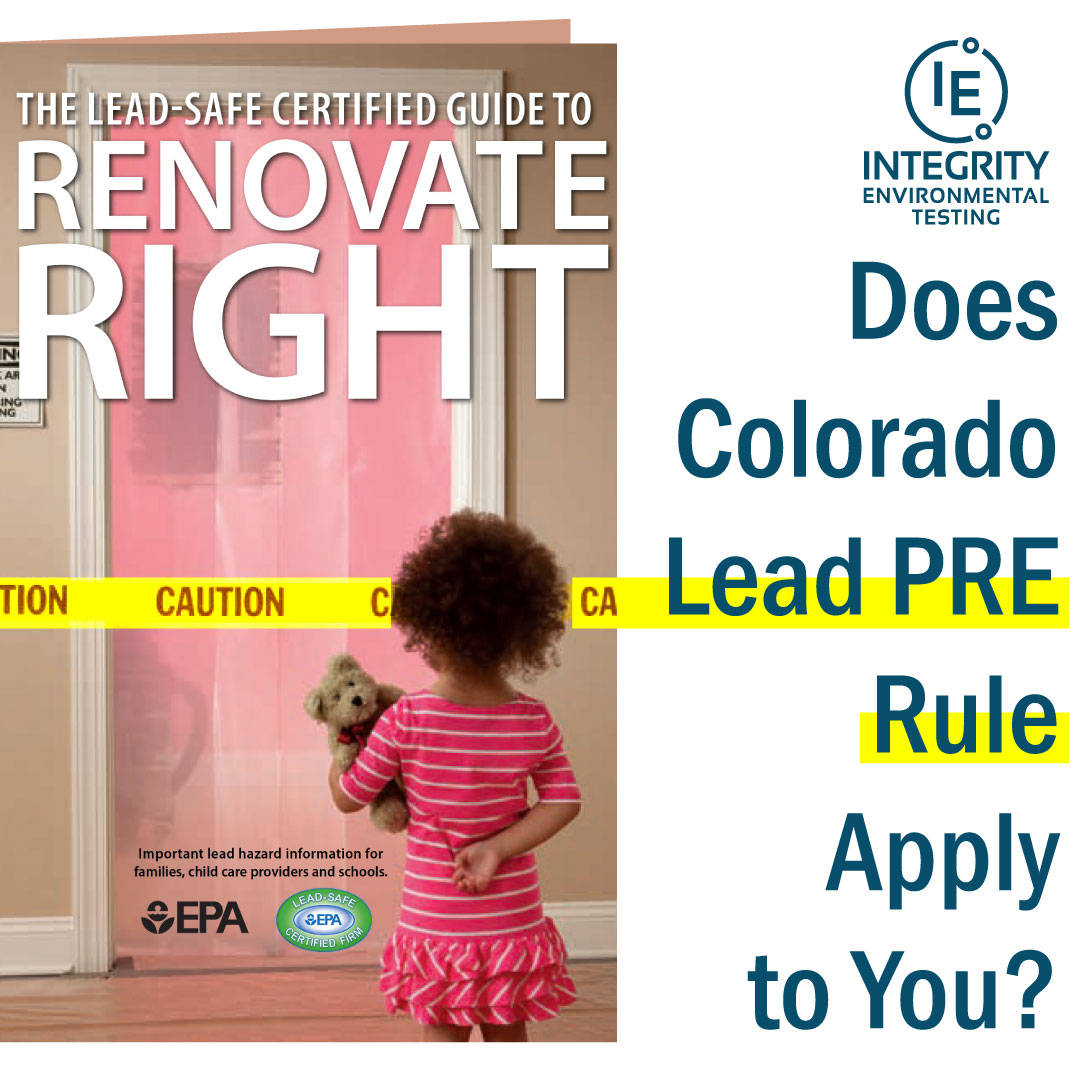
Does the Pre-Renovation Lead Rule Apply to You?
If you’re a contractor, property manager, or even a landlord working on pre-1978 housing or child-occupied facilities in Colorado, you might be asking yourself if the Lead-Based Paint Pre-Renovation Education Rule (Lead PRE) applies to you. It’s an essential regulation designed to protect residents—especially children and pregnant women—from the dangers of lead exposure during renovation…
-

Lead Disclosures for Property Transactions
A silent threat exists when you own or purchase a home or property built before 1978, lead-based paint. Prevalent in these older buildings, lead poses grave risks to human health, making thorough lead testing and disclosure imperative for property owners. At Integrity Environmental Testing, we’re revolutionizing the lead testing process with our state-of-the-art XRF device,…
-

Colorado Springs’ Victorian Houses and Lead
In our time machine, let’s go back to the late 1800s, when Colorado Springs emerged as a vibrant hub of activity amidst the sweeping changes of the Victorian era. With its stunning architecture and picturesque landscapes, the city was a testament to the progress and innovation of the time. However, a darkness defined the era.…
-

DIY Home Renovations: Lead Paint #2
We put together a guide on DIY Home Renovations, and what you should do if your pre-1978 home or building features lead-based paint. Before you go on – Read the First Article. First, we’d like to stress the importance of testing for lead paint when you are ready for home remodeling. If you don’t know…
-

DIY Home Renovations: Lead Paint #1
Embarking on a renovation, repair, or painting (RRP) project in a pre-1978 home with lead-based paint entails potential risks of generating hazardous lead dust. To address these risks, the EPA strongly advises homeowners to engage lead-safe certified contractors proficient in employing lead-safe work practices. These practices encompass a set of techniques aimed at minimizing lead…
-
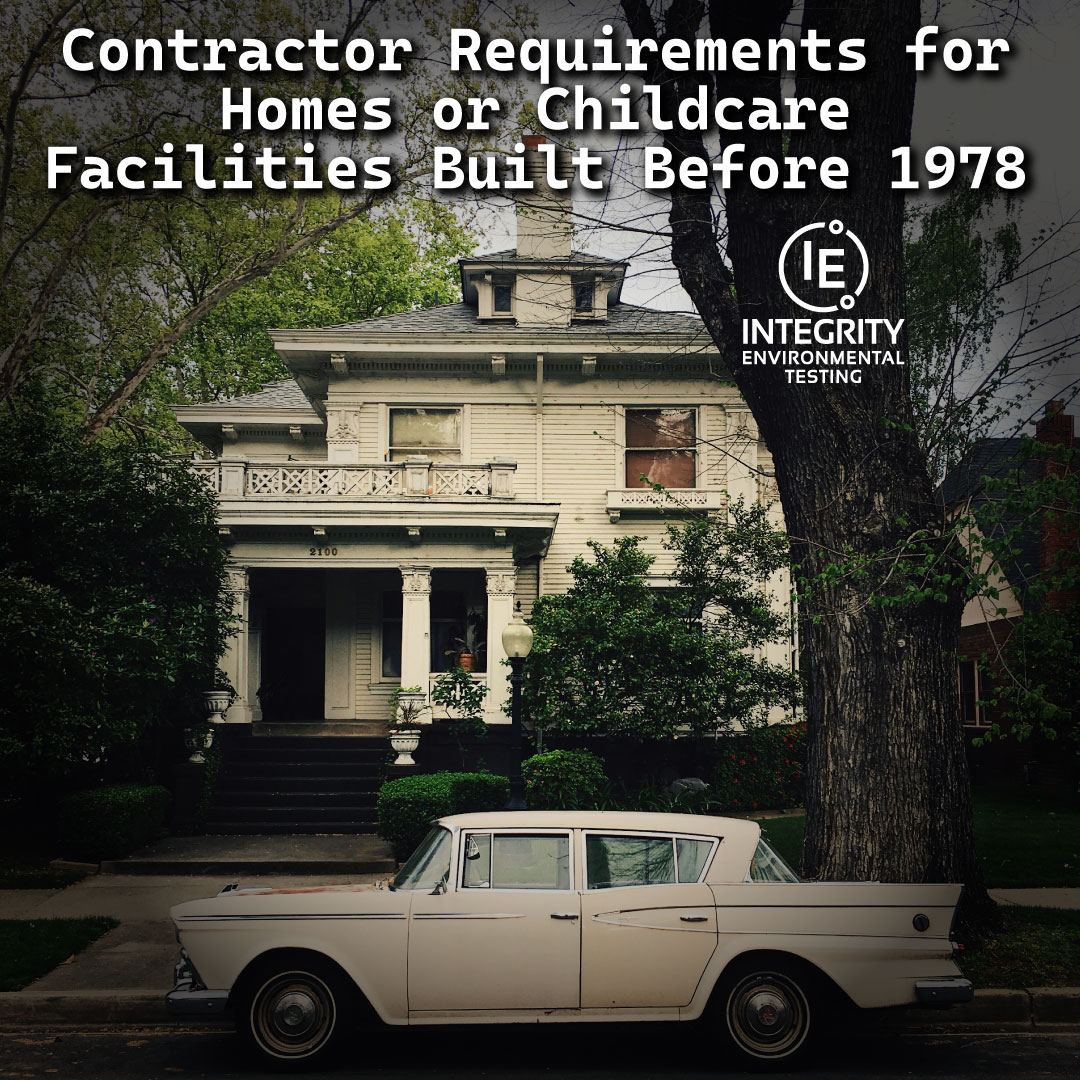
Contractor Requirements for Remodeling Homes or Childcare Facilities Built Before 1978
Renovating or remodeling a home is an exciting endeavor, but it comes with responsibilities, especially when working on older properties. Homes built before 1978 often contain lead-based paint, which poses significant health risks if disturbed during construction activities. In this article, we’ll explore what contractors are required to do when working on pre-1978 homes or…
-
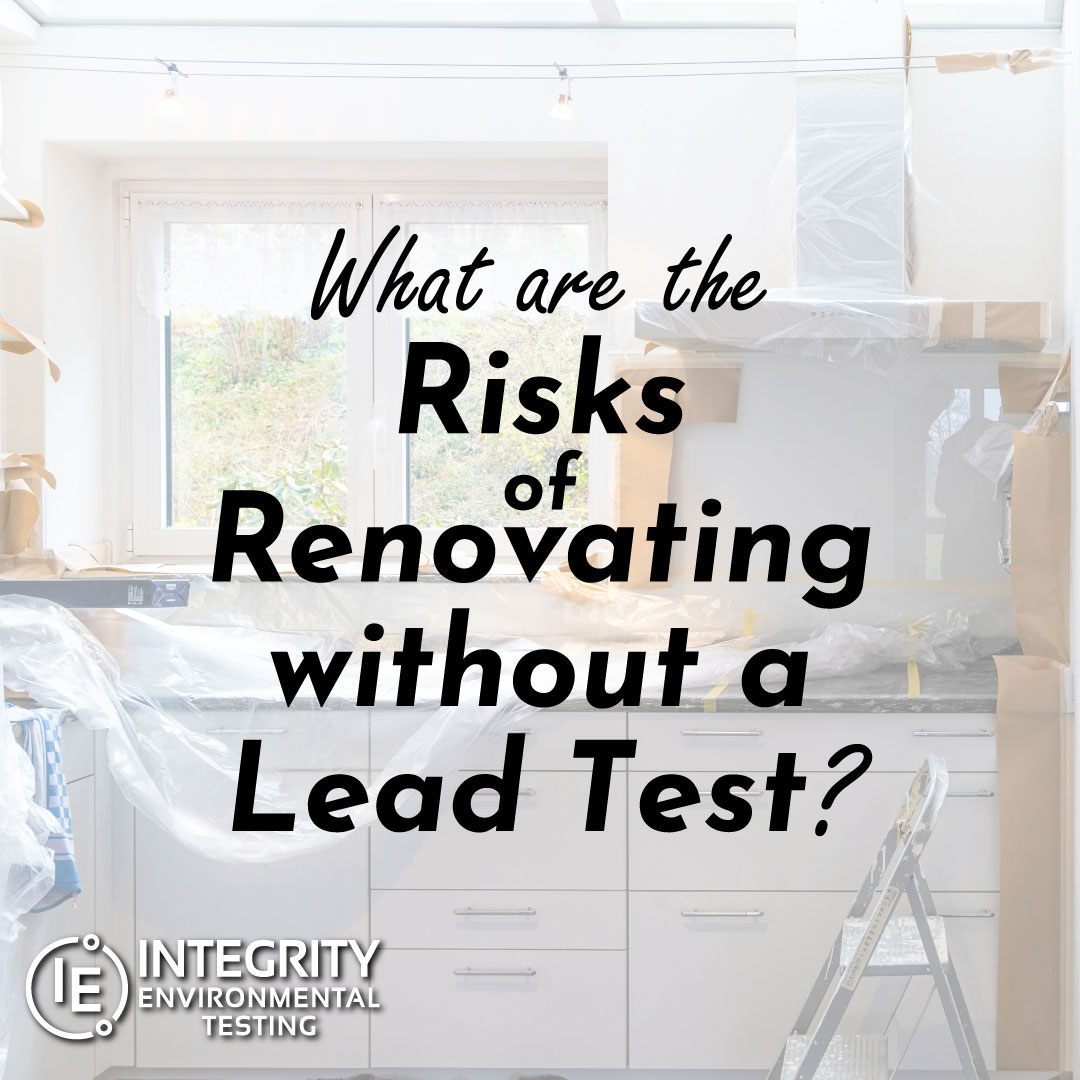
Risks of Renovating Without Testing for Lead
Lead-based paint, commonly used in homes built before 1978, poses serious health risks, especially during renovation or remodeling activities. If that’s your home, don’t risk it: Renovating Without Testing for Lead can have consequences. “Disturbing lead-based paint without proper precautions can release hazardous lead dust into the air, putting you and your loved ones at…
-
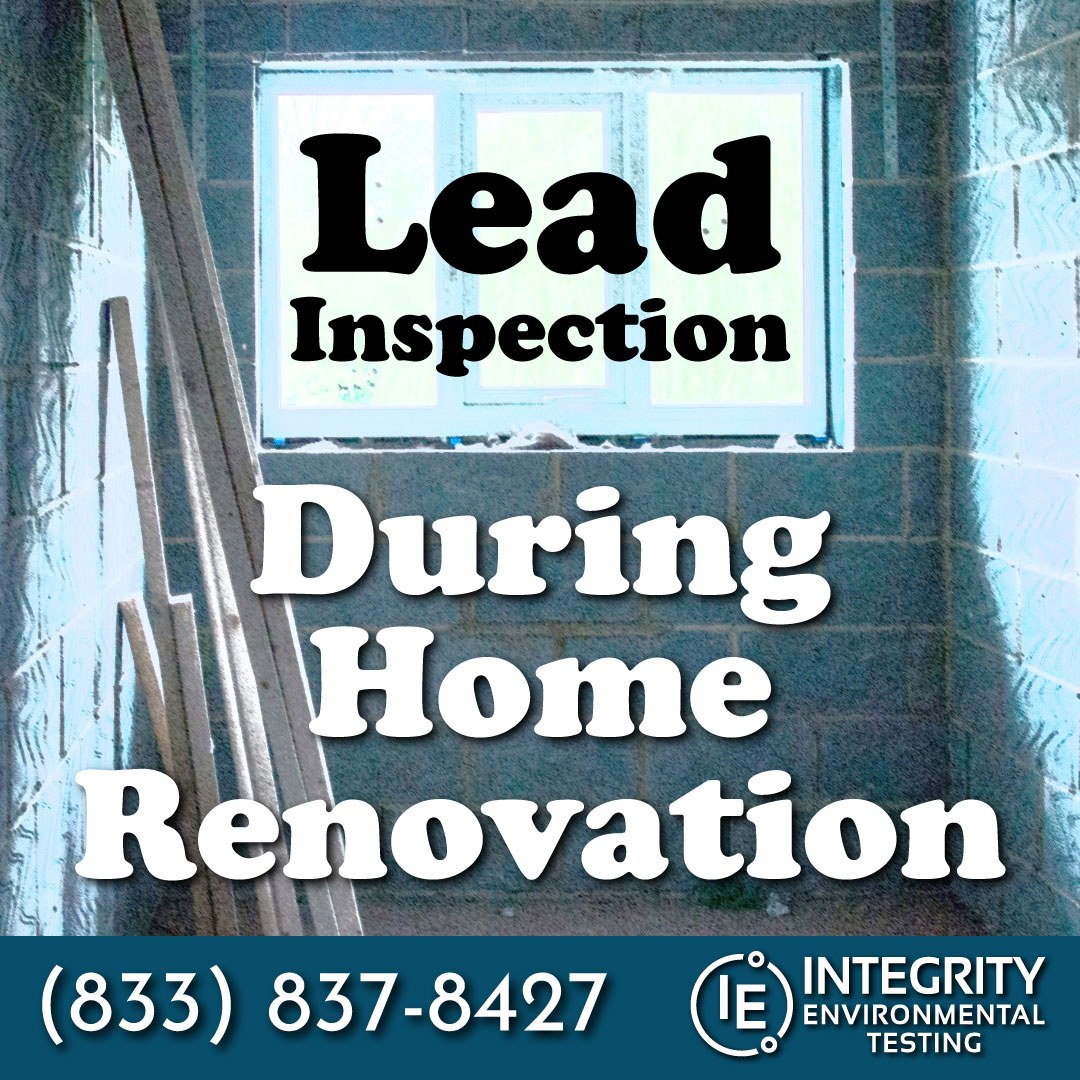
Lead Inspection During Home Renovation
Before embarking on any renovation or remodeling project in a home built before 1978, it’s crucial to determine whether lead-based paint is present. Visual inspection doesn’t take the place of lead inspection. Alone it is insufficient, as lead-based paint may be concealed beneath layers of newer paint. Professional lead testing, conducted by certified inspectors or…
